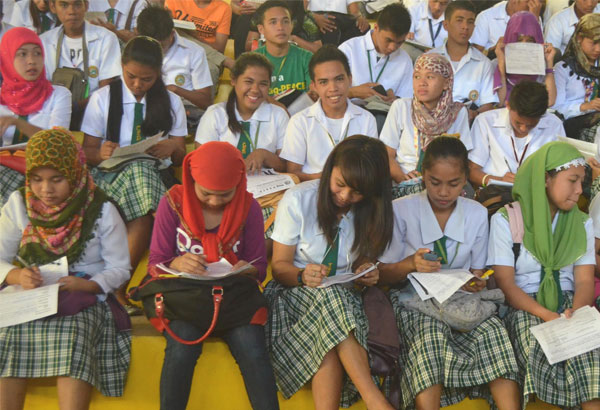8 Things You Need to Know About the Free Tuition Program
May 15, 2017 • Ime Morales

May 15, 2017 • Ime Morales
If you want to go back to school, there is no better time than now. The Philippine government, for the first time, is offering free tuition to all undergraduate students in State Colleges and Universities (SUCs) in the country. However, there might be some confusion as to how this will be implemented, who will benefit, which schools are included, etcetera. This short piece aims to shed a bit of light on the matter as we enter enrollment season—so keep this guide handy!
You can’t go to a private college and demand to be exempted from paying tuition. There are a few SUCs in the National Capital Region (NCR), like the University of the Philippines, Polytechnic University of the Philippines, Rizal Technological University, Technological University of the Philippines, Philippine Normal University, Eulogio Amang Rodriguez Institute of Science and Technology, and the Philippine State College of Aeronautics. There are actually more than a hundred SUCs all over the nation.
However, since each SUC is working with an allotted budget, it may have to prioritize if funds are not enough to cover all enrolling students. If the allotment is adequate, the SUC will accept all enrollees, provided that they pass the usual screening process of the SUC.
In the Philippines, a lot of people understand tuition fee to include all expenses related to schooling, like lab fees and miscellaneous fees, etc. However, the free tuition program means exactly that: only tuition fee is free. Students still have to pay for the other school fees.
Everybody’s hoping, however, that there will be major reforms in tertiary education after this year, and that these will lead to a bigger education budget, among other desired results.
This amount will be divided among the SUCs based on the estimated tuition income they declared and submitted to the Department of Budget and Management.
Once the student is accepted into the SUC, then he/she does not need to shell out money for tuition.
This means that those students who are getting benefits from StuFAPs (Student Financial Assistance Programs) worth P15,000 and below will automatically be covered in the Free Tuition Program. For those who are getting more than P15,000 in benefits, their tuition will be charged against their original StuFAP benefit.
This means that only those students who are not part of these lists, or those who are more financially able, are required to submit documents as proof of their family’s income.
What do you think about the government’s free tuition fee program? Share with us your thoughts below!
Input your search keywords and press Enter.
